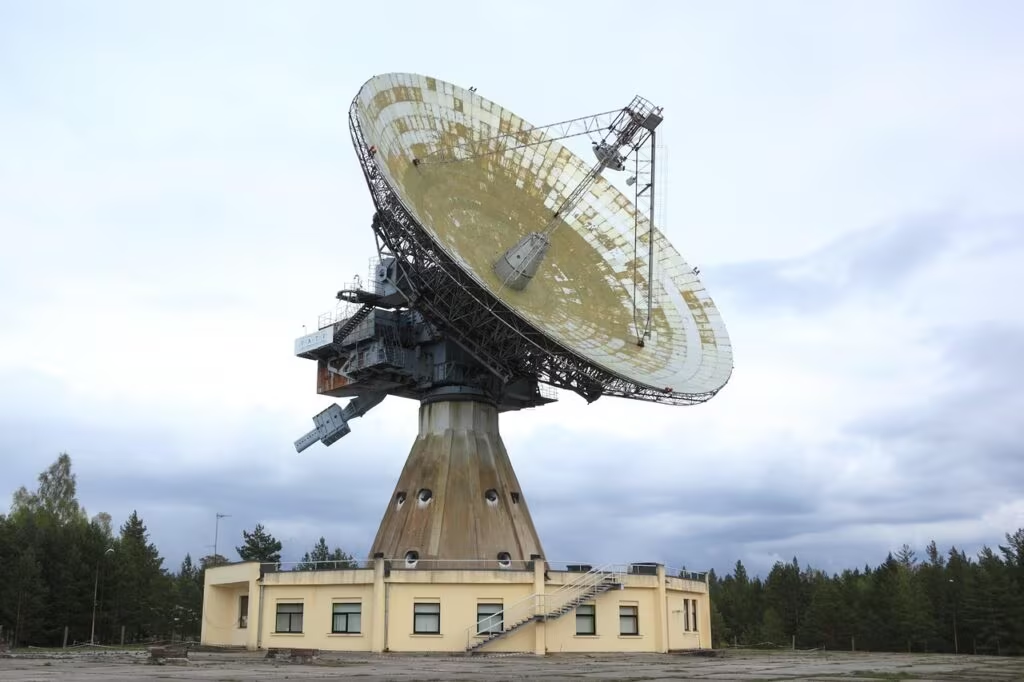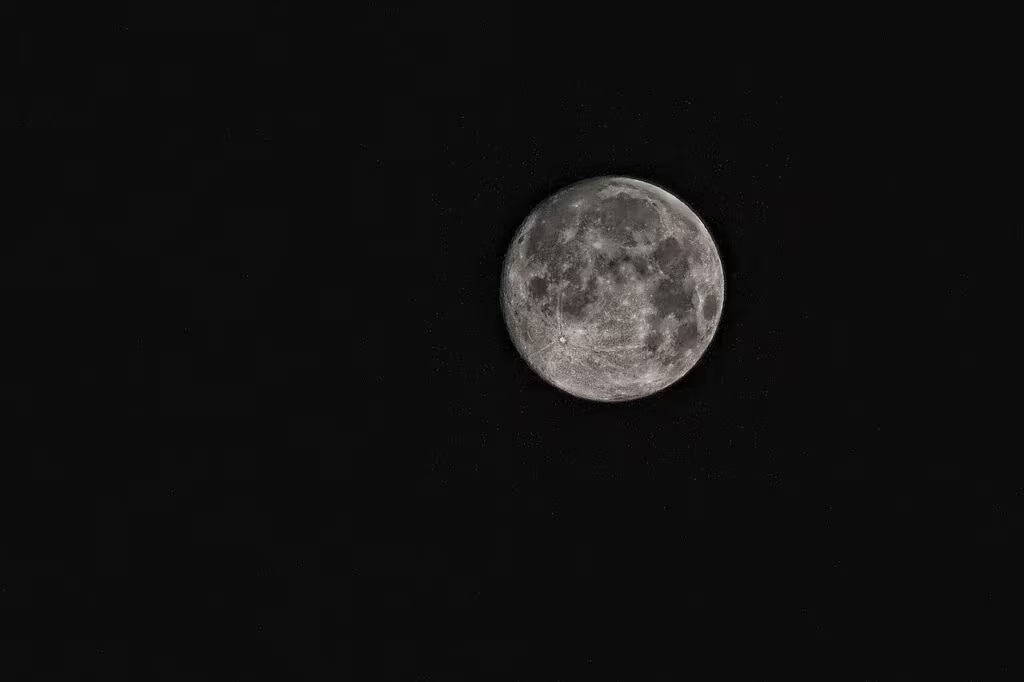Scientists Pinpoint Record Altitude for Northern Lights
For centuries, the shimmering curtains of the Northern Lights, or aurora borealis, have captivated observers, but precisely determining their altitude—especially for rare colors—has remained a significant scientific challenge. Recently, an international team of researchers achieved a breakthrough, capturing a rare blue aurora glowing at an unprecedented height of approximately 124 miles (200 kilometers) above the Earth’s surface.
This observation, made at dawn over northern Sweden, provides critical new data on the complex interactions between solar particles and the upper atmosphere, specifically within the region known as the thermosphere. The measurement was achieved using a single, ultra-sensitive camera system, marking a significant advancement in atmospheric physics and space weather monitoring.
The Significance of a Blue Aurora at 200 Kilometers
The altitude of the aurora is directly related to the energy of the solar particles hitting the atmosphere and the specific atmospheric gases they excite. Most commonly, the aurora appears green, caused by oxygen atoms excited between 100 and 150 kilometers in altitude. Red auroras, which are less frequent, are caused by higher-altitude oxygen atoms, often reaching 200 to 400 kilometers.

Blue and violet auroras, however, are typically associated with ionized nitrogen molecules. Nitrogen interactions usually occur at much lower altitudes, often below 100 kilometers, where the atmosphere is denser. Finding a blue aurora extending up to 200 kilometers is highly unusual and suggests that the specific electron precipitation event was far more energetic than typical, or that the atmospheric composition at that height was conducive to nitrogen ionization.
Decoding Aurora Colors and Heights
| Aurora Color | Primary Gas Excited | Typical Altitude Range | Significance |
|---|---|---|---|
| Green | Oxygen atoms | 100 – 150 km | Most common, medium energy |
| Red | Oxygen atoms | 200 – 400 km | High energy, less frequent |
| Blue/Violet | Ionized Nitrogen | Below 100 km (typically) | Low altitude, high density |
| Record Blue | Ionized Nitrogen | 200 km | Extremely rare, high-energy interaction |
This high-altitude blue light indicates that the energetic electrons responsible for the display penetrated deeper into the thermosphere than expected, or that the density profile of nitrogen ions was unexpectedly high at that specific location and time.
The Technical Breakthrough in Measurement
Accurately measuring the height of an aurora is traditionally challenging. The standard method, known as triangulation, requires two or more cameras positioned at different locations on the ground to simultaneously capture the same point in the light display. This method is complex, requires perfect synchronization, and is often limited by the distance between the observation sites.
The Swedish team utilized a highly innovative approach, relying on a single, ultra-sensitive camera system combined with advanced spectral analysis and atmospheric modeling. This technique allows researchers to determine the altitude by analyzing the light’s spectral signature and how it interacts with known atmospheric layers.

This single-camera methodology offers several advantages for future space weather research:
- Increased Mobility: Observations can be made from remote, single locations, expanding the potential observation area.
- Enhanced Precision: The system can focus on specific spectral lines, offering a more precise chemical fingerprint of the interaction.
- Real-Time Data: It facilitates faster, more localized altitude measurements, crucial for understanding rapidly changing space weather events.
“The ability to accurately measure these phenomena using a single instrument revolutionizes how we study the upper atmosphere. It allows us to capture fleeting, localized events like this high-altitude blue aurora that might otherwise be missed by traditional, multi-station setups,” stated one of the lead researchers involved in the study.
Implications for Space Weather and Satellite Safety
Understanding the precise altitude and energy levels of auroral activity is not merely an academic exercise; it has significant practical implications for modern technology and infrastructure.
The region where this record blue aurora was observed—the thermosphere, between 100 km and 500 km—is home to critical assets, including the International Space Station (ISS) and numerous low-Earth orbit (LEO) satellites used for communication, navigation, and Earth observation. Highly energetic electron precipitation events, like the one that caused this high-altitude blue light, can dramatically heat the thermosphere.
When the thermosphere heats up, it expands, increasing atmospheric drag on LEO satellites. This increased drag requires satellites to use more fuel for orbital maintenance, shortening their operational lifespan. Accurate data on the energy deposition from auroras helps space agencies and satellite operators better predict and mitigate these drag effects.

Furthermore, the ionization of nitrogen at these high altitudes contributes to the overall plasma density of the ionosphere, which can interfere with radio communications and GPS signals. The discovery that energetic particles can cause significant nitrogen ionization up to 200 kilometers provides crucial input for models designed to forecast space weather impacts on ground-based and orbital systems.
Key Takeaways from the Record Aurora Observation
This rare observation over northern Sweden underscores the dynamic and often unpredictable nature of the Earth’s interaction with the solar wind. The key findings and their significance include:
- Record Altitude: A blue aurora, typically found below 100 km, was accurately measured at 200 kilometers (124 miles).
- High Energy Event: This altitude suggests an unusually energetic electron precipitation event interacting with ionized nitrogen molecules.
- Methodological Advance: The measurement was achieved using a single, ultra-sensitive camera system, validating a new, more flexible approach to aurora altitude determination.
- Atmospheric Modeling: The data is vital for refining models of the thermosphere and ionosphere, improving space weather forecasts.
- Practical Impact: Better understanding of energy deposition at 200 km helps protect LEO satellites from increased atmospheric drag.
Conclusion: A Window into the Upper Atmosphere
The precise measurement of this high-altitude blue aurora offers a valuable snapshot of extreme space weather conditions. It confirms that highly energetic particles can penetrate and interact with atmospheric constituents at heights previously thought to be dominated by lower-energy processes. As humanity becomes increasingly reliant on orbital assets, research like this, which pushes the boundaries of atmospheric measurement, is essential for ensuring the resilience and safety of our technological infrastructure against the forces of the Sun.
What’s Next in Aurora Research
Researchers plan to deploy the single-camera system more widely to capture similar rare events across different geographical locations, particularly during periods of heightened solar activity. The goal is to build a comprehensive database of high-altitude auroral events to better calibrate global space weather models. Future studies will focus on correlating these localized altitude measurements with simultaneous satellite data to fully understand the mechanism driving these unusually high-energy interactions.
Originally published: November 8, 2025
Editorial note: Our team reviewed and enhanced this coverage with AI-assisted tools and human editing to add helpful context while preserving verified facts and quotations from the original source.
We encourage you to consult the publisher above for the complete report and to reach out if you spot inaccuracies or compliance concerns.

